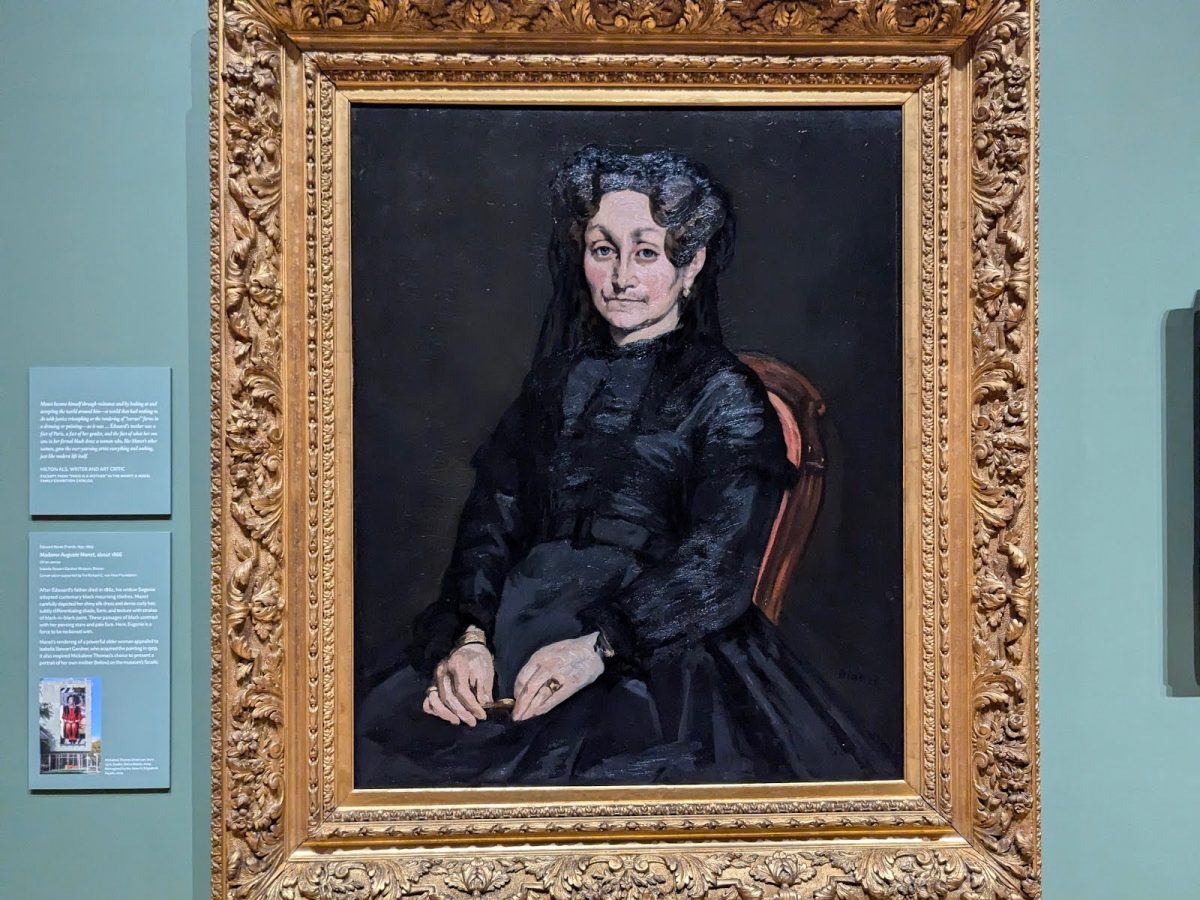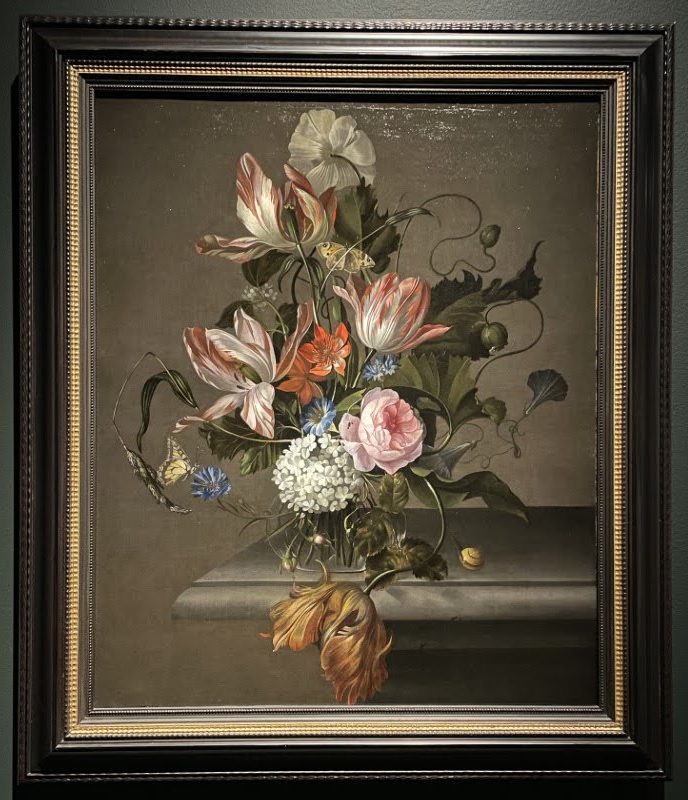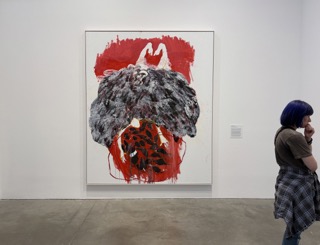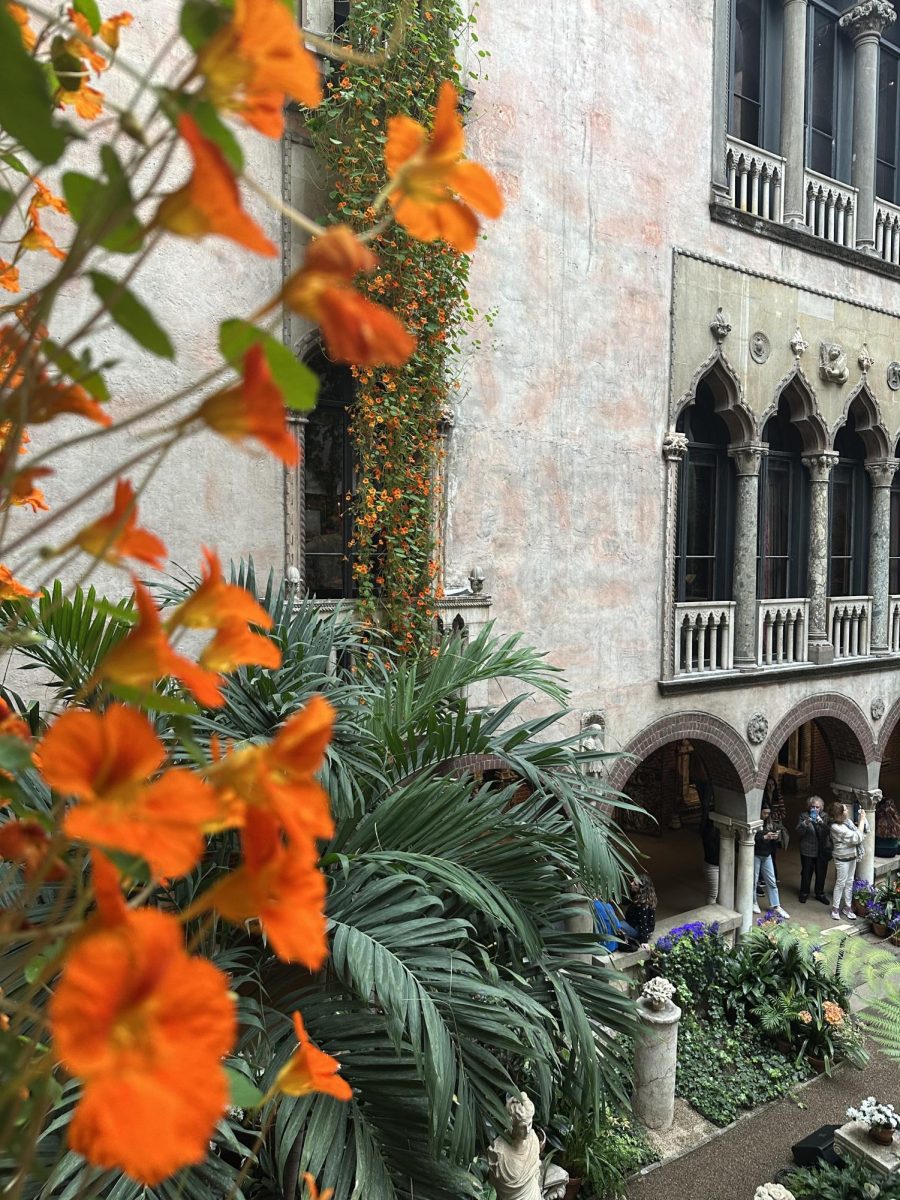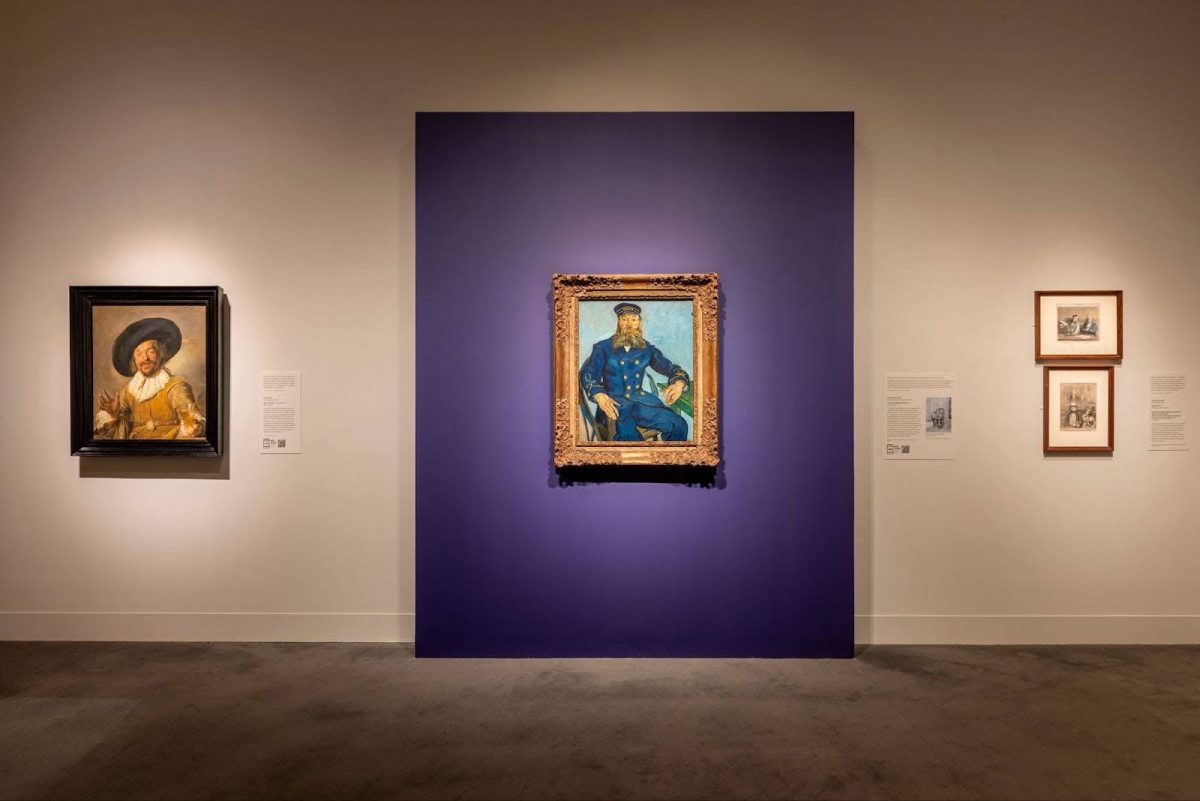The most recent special exhibit hosted by the Isabella Stewart Gardner Museum, “Manet: A Model Family,” tells the story of French painter Edouard Monet and his family history Nov. 7.
Held on the second floor of the museum’s New Wing, “Manet: A Model Family,” was mostly a humble exhibit in a small space with few visitors. Manet’s story was presented in four acts and a prologue detailing his family life.
Born in 1832, Edouard Manet was an upper-class Parisian painter who is also known as the father of modernism. The exhibit tells the story of his family life through his portrayal of them in his paintings. Manet married the Dutch musician Suzanne Leenhoff, who had a son named Léon. Due to the culture at the time, Léon was presented as Suzanne’s younger brother, as the nature of his birth remains unclear, according to the prologue section of the exhibit.
Despite Manet’s non-traditional family, his works show a relatively fulfilling and sustainable domestic life. Manet often used his family as subjects, portraying them in ways that were once reserved only for the most elite in society. For instance, in two of his paintings, “Boy Blowing Bubbles” and “Boy Peeling a Pear,” he used Léon as a model to reflect his historical inspirations.
Act two focuses on the women in Manet’s life. His painting “Madame Auguste Manet” portrays his mother, Eugenie, after the death of her husband. Her striking expression, in contrast with the dark background and clothing, gave this portrayal of Eugenie a feeling of power and authority, something women lacked during that era.
Act three mentioned the unstable political climate in Europe at the time and how it impacted Manet’s life. When the Paris Commune led an insurrection against the French government during the Franco-Prussian War, Manet sent his family away to Southern France while he joined the National Guard. Since he was unable to paint during this period, the exhibit showcased the letters Manet wrote to his family.
Finally, act four details Manet’s passing. He contracted syphilis and died at 51 years old. According to the exhibit, Suzanne was forced to sell Manet’s work and evidence suggests Léon helped sell fakes so that they could survive.
Act four also centers a specific painting, not by Manet, however. “Little Girl in Mauve” was actually done by Berthe Morisot, his sister-in-law and former model for some of Manet’s other works. The painting portrays Morisot’s daughter, Julie Manet, who was the sole inheritor of the Manet fortune after Eduoard Manet’s passing.
“Manet: A Model Family” was a provocative glimpse into the life of Eduoard Manet, not only through the technical aspects of his work, but also the emotional aspects. Visitors can see Manet’s love for his family represented in his works and the Isabella Steward Gardner museum handled the complexity of Manet’s life well with their historical analysis.
The Manet: A Model Family exhibit is still available to view through Jan. 20 at the Isabella Steward Gardner museum in Boston. Tickets for students with a valid ID are $15 each and general admission for adults is $22.


